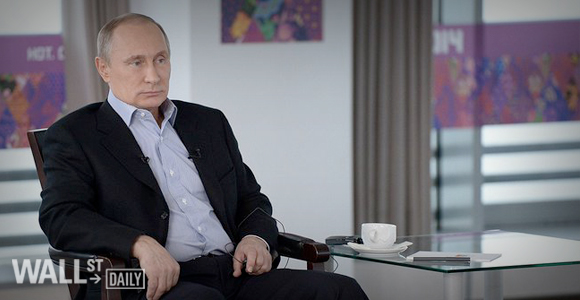Vladimir Vladimirovich Putin must be a happy man right now. He has two overseas expansion projects for Russia, in Ukraine and Syria, both of which are going well. Diplomatically speaking, he’s running circles around President Obama and the West in general.
There are just two worries for him at this point: oil prices that may remain in the $40 to $50 range, and an impending election in March 2018.

Economic Malaise
The Russian economy has been in decline since the price of oil fell below $100 per barrel, and there’s no sign of it bottoming. The International Monetary Fund projects a continued decline in 2016 and only very modest growth in 2017.
Meanwhile, the Russian budget is heavily in deficit in 2015 and is running down the Russian Reserve Fund at a rapid pace.
Putin has drained 2.6 trillion rubles ($41 billion) in 2015, more than half of the fund’s total. At present rates, the fund will run out before the end of 2016.
At the same time, Russian military spending is increasing rapidly to compensate for Putin’s geopolitical ambitions.
To top it all off, a new U.S. president will arrive in January 2017, and the chances are surely high that he or she will be less accommodating of Russian expansionism than the incumbent.
Thus, for budgetary and geostrategic reasons, it’s likely that Russia’s position will be grim by early 2017.
Assuming oil prices are still low in January 2017 and with an election little more than a year away, Putin will be left with two unpalatable options.
He can either stand down his military adventurism and squeeze the budget generally, hoping that the economy will recover enough to garner re-election.
Or he can double down on expansionism, raid the Russian companies that have cash and valuable assets (notably Gazprom, Rosneft, and the energy and minerals sectors in general), squeeze domestic consumers a la the old Soviet Union, and perpetuate both his rule and his aggressive foreign policy.













Leave A Comment